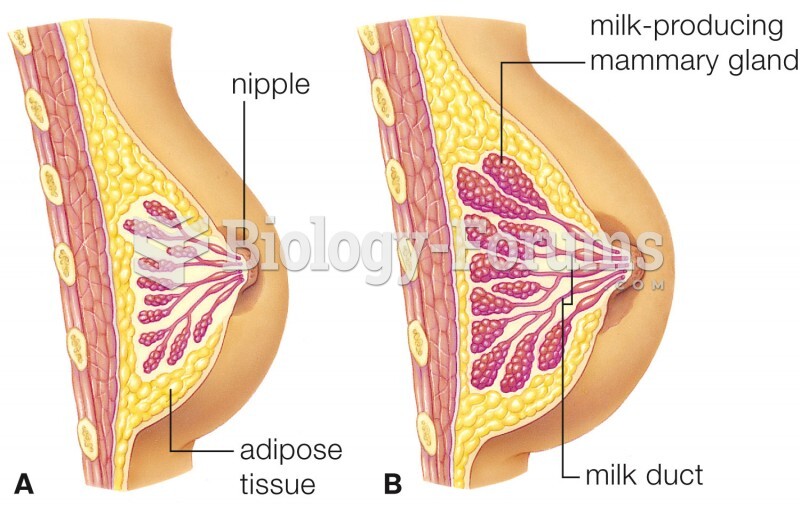Ms. Lopez is a widowed 68-year-old Nicaraguan woman, and an immigrant who has lived in the United States for ten years. She lives in a second-floor walk-up apartment with her daughter and son-in-law and their four children. Ms. Lopez is admitted to the hospital, is diagnosed with a stroke, and has weakness in her left side. She complains of coughing when she drinks and feels that food sometimes gets caught in her throat. She has diabetes and high blood pressure and is on several oral medications. She does not, however, check her sugar because she does not feel comfortable pricking her finger. Her body mass index (BMI) is 33 . Ms. Lopez is undocumented and uninsured.A diabetic educator works with the clinical dietitian to help Ms. Lopez learn to check her blood glucose levels. Ms. Lopez is still unsure about pricking her finger for the glucose test and asks the dietitian to explain why she must be responsible for this. The dietitian explains to Ms. Lopez the importance of blood sugar testing and backs up the information given by the diabetic educator. The response of the dietitian best describes which attitude?
a. creativity
b. confidence
c. perseverance
d. risk taking
e. precision
Question 2
Ms. Lopez is a widowed 68-year-old Nicaraguan woman, and an immigrant who has lived in the United States for ten years. She lives in a second-floor walk-up apartment with her daughter and son-in-law and their four children. Ms. Lopez is admitted to the hospital, is diagnosed with a stroke, and has weakness in her left side. She complains of coughing when she drinks and feels that food sometimes gets caught in her throat. She has diabetes and high blood pressure and is on several oral medications. She does not, however, check her sugar because she does not feel comfortable pricking her finger. Her body mass index (BMI) is 33 . Ms. Lopez is undocumented and uninsured.The dietitian recommends a soft food diet and the physician has ordered a swallowing study for Ms. Lopez. After 24 hours on the diet, the dietitian checks with the staff to determine if Ms. Lopez has been finishing her food and contacts the physician to determine the outcome of the swallowing study. This process of monitoring and following up best illustrates:
a. evidence-based practice.
b. outcomes research.
c. medical problem solving.
d. scientific reasoning.
e. diagnostic reasoning.







